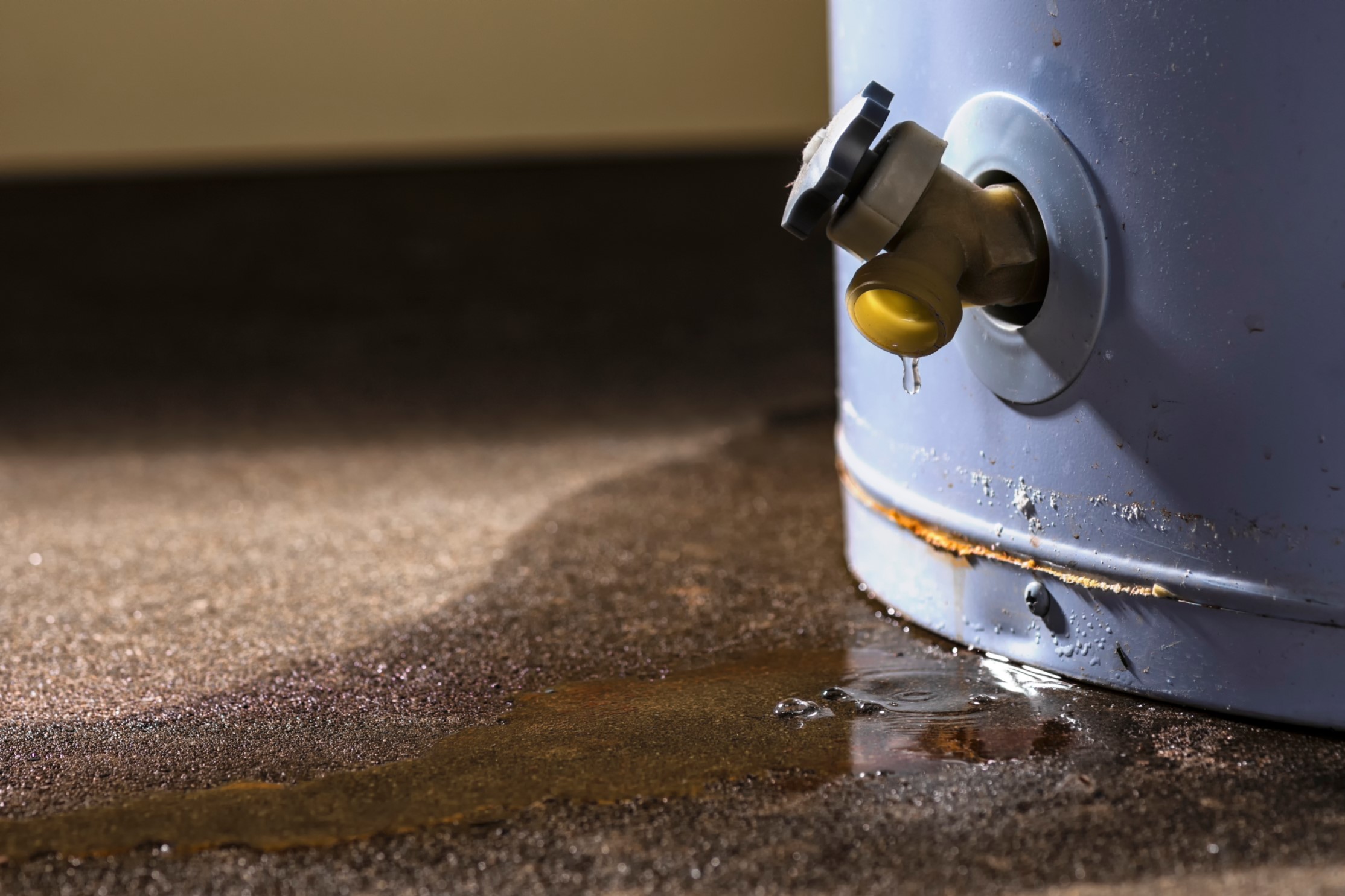We've found this great article involving What Kind of Maintenance Do Water Heaters Need? below on the internet and figured it made good sense to share it with you in this article.

Warm water is essential for day-to-day comfort, whether it's for a refreshing shower or cleaning dishes. To ensure your warm water system runs efficiently and lasts much longer, normal maintenance is vital. This post provides useful pointers and understandings on how to preserve your home's warm water system to stay clear of interruptions and expensive fixings.
Intro
Maintaining your home's warm water system may appear complicated, but with a few basic steps, you can guarantee it operates efficiently for years to find. This guide covers whatever from recognizing your hot water system to do it yourself upkeep tips and understanding when to call in expert aid.
Significance of Preserving Your Warm Water System
Routine upkeep not only extends the life-span of your warm water system however additionally guarantees it operates efficiently. Ignoring upkeep can bring about reduced performance, higher power costs, and even early failure of the system.
Indicators Your Hot Water System Requirements Maintenance
Recognizing when your warm water system needs attention can protect against significant issues. Look out for signs such as irregular water temperature, odd noises from the heater, or rusty water.
Understanding Your Warm Water System
Prior to diving right into upkeep tasks, it's useful to comprehend the fundamental parts of your warm water system. Normally, this includes the water heater itself, pipes, anode rods, and temperature level controls.
Monthly Upkeep Tasks
Regular monthly checks can assist capture minor problems prior to they rise.
Purging the Water Heater
Flushing your water heater removes sediment build-up, improving effectiveness and prolonging its life.
Monitoring and Replacing Anode Rods
Anode poles protect against rust inside the tank. Checking and changing them when worn is important.
Examining and Changing Temperature Level Setups
Adjusting the temperature settings guarantees optimal performance and security.
Do It Yourself Tips for Upkeep
You can execute several maintenance jobs on your own to keep your hot water system in leading condition.
Checking for Leaks
Frequently inspect pipelines and links for leakages, as these can result in water damages and greater bills.
Evaluating Pressure Relief Valves
Testing the pressure safety valve guarantees it works properly and stops extreme pressure build-up.
Insulating Pipelines
Insulating warm water pipelines lowers warm loss and can save energy.
When to Call a Specialist
While do it yourself upkeep is useful, some concerns call for specialist knowledge.
Facility Issues Needing Expert Help
Instances consist of significant leakages, electric problems, or if your hot water heater is continually underperforming.
Regular Expert Upkeep Perks
Professional maintenance can consist of complete assessments, tune-ups, and making sure compliance with safety and security requirements.
Final thought
Regular upkeep of your home's warm water system is essential for effectiveness, longevity, and price savings. By complying with these tips and understanding when to look for expert aid, you can make sure a trusted supply of hot water without unanticipated disturbances.
How to Maintain an Instant Hot Water Heater
Before tinkering with your hot water heater, make sure that it’s not powered on. You also have to turn off the main circuit breaker and shut off the main gas line to prevent accidents. Also turn off the water valves connected to your unit to prevent water from flowing into and out of the appliance. 2. When you’re done, you have to detach the purge valves’ caps. These look like the letter “T” and are situated on either side of the water valves. Doing so will release any pressure that has accumulated inside the valves while at the same time avoid hot water from shooting out and burning your skin. 3. When the purge valves’ caps are removed, you have to connect your hosing lines to the valves. Your unit should have come with three hoses but if it didn’t, you can purchase these things from any hardware or home repair shops. You can also get them from retail stores that sell water heating systems. Read the user’s manual and follow it to complete this task properly. When the hosing lines are connected, open the purge port’s valves. 4. You should never use harsh chemical cleaners or solutions when cleaning your unit. Make use of white vinegar instead. It should be undiluted and you’ll probably use about 2 gallons. 5. Now flush your water heater. This task should probably take about 40 minutes. We can’t give you specific directions for this because the procedure is carried out depending on the type, model and brand of your heater. With that being said, refer to the user’s manual. 6. When you’re done draining the unit, you have to turn off the purge port valves again. Remove the hosing lines that you earlier installed on each of the water valves. Put the valve caps (purge port) back in their respective places and be very careful so as not to damage the rubber discs that are found inside these caps. 7. Now that everything’s back in place, check your user’s manual again to find out how to reactivate your water heating system. 8. Once it is working, turn one of your hot water faucets on just to let air pass through the heater’s water supply pipes. Leave the tap on until water flows smoothly out of it. https://www.orrplumbing.com/blog/2014/september/how-to-maintain-an-instant-hot-water-heater/

I discovered that post about Tips For Maintaining Your Hot Water Heater when exploring the web. Those who enjoyed our blog posting plz be sure to share it. Thank you so much for your time spent reading it.
Call Us Now